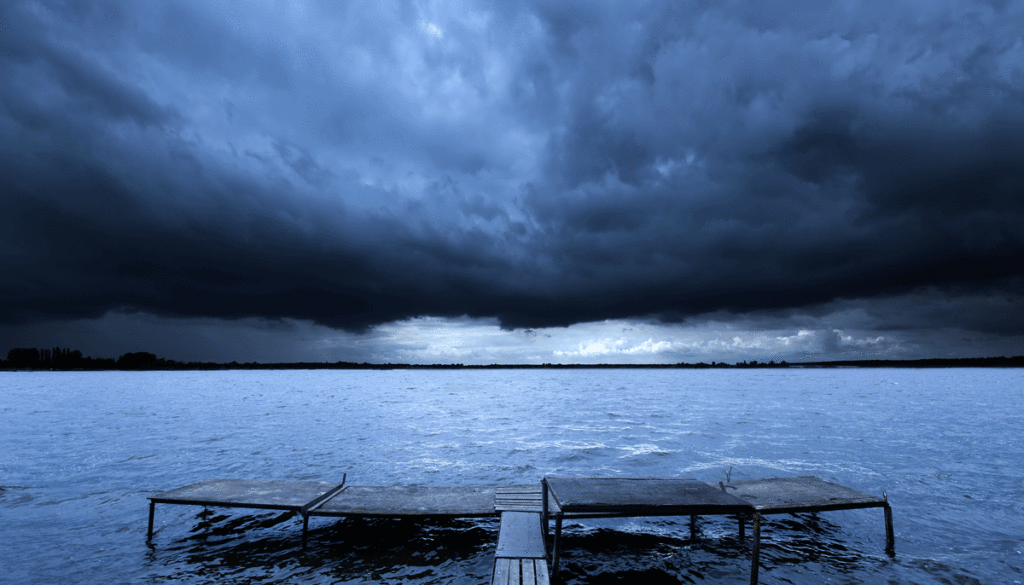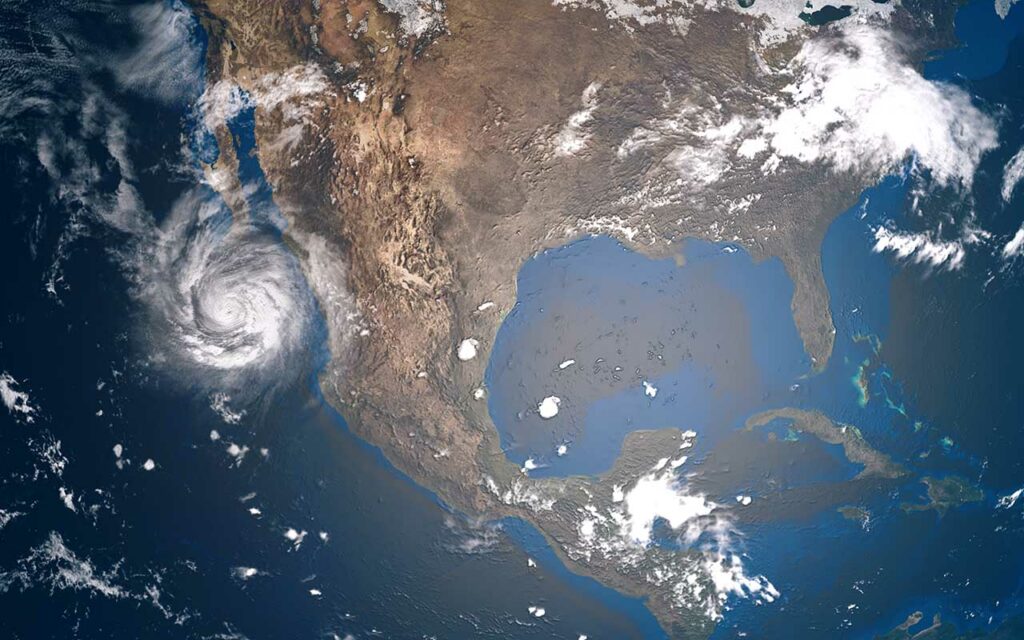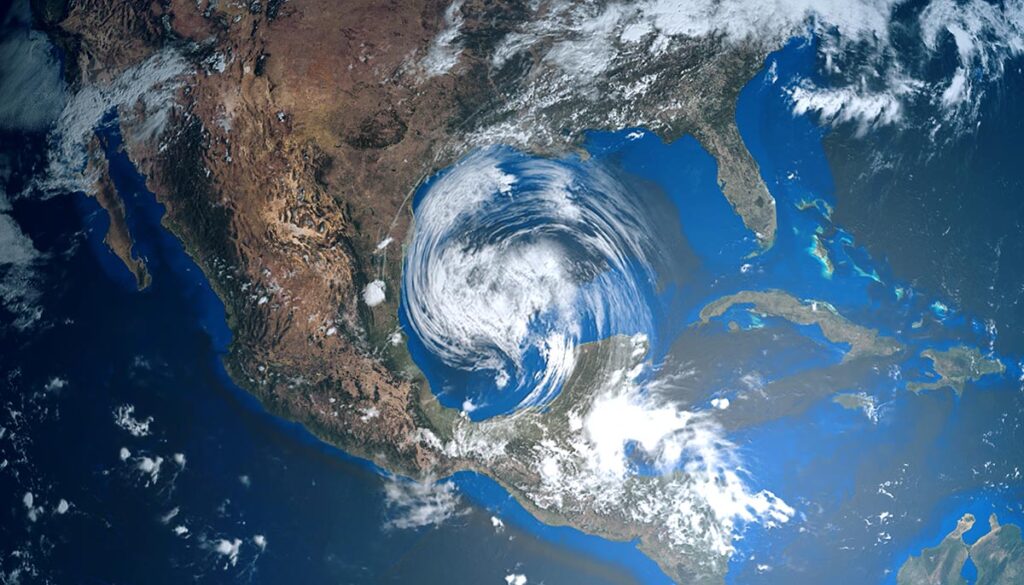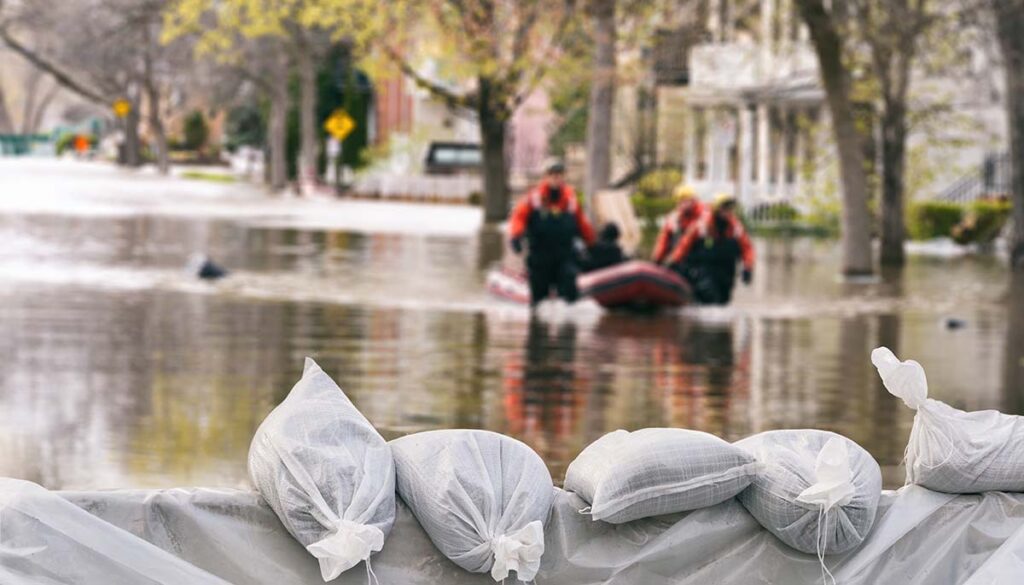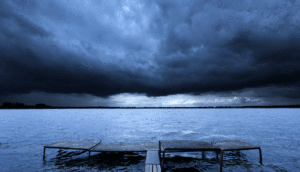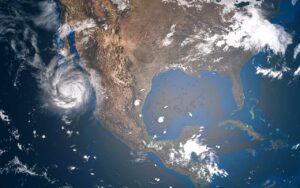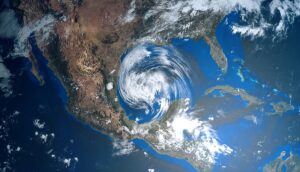Freezing fog isn’t only frigid mist in the air; its moisture poses as many hazards as snow and ice during winter, creating black ice and causing automobile crashes. Here’s what you need to know about freezing fog.
What is freezing fog?
Before we define freezing fog, let’s first explain fog.
Like clouds, fog forms when water vapor condenses or freezes and forms tiny droplets or crystals in the air. The significant difference between fog and clouds is that fog only forms near the ground, while clouds can form at many different altitudes. Air near the ground cools enough to turn its water vapor into liquid water or ice, according to SciJinks from the National Oceanic and Atmospheric Association (NOAA).
Freezing fog, then, occurs when temperatures are at or below freezing. Under these conditions, the tiny, supercooled liquid water droplets in the fog may freeze instantly on exposed surfaces, according to the National Weather Service (NWS).
The key word here is supercooled, meaning the water is cooled below its freezing point, yet it is still liquid. It’s not until the fog comes in contact with surfaces that it freezes, KSLA News 12 points out.
When freezing fog becomes very thick and/or persists for several hours – or even days – ice can accumulate on various exposed surfaces, including trees, bushes, signs, and power lines.
Across the valleys of the interior western United States, days of freezing fog are not uncommon.
The dangers of freezing fog
The danger from freezing fog occurs when it makes contact with surfaces – that’s when it actually freezes. The problem comes from the surfaces it makes contact with: Trees, stairs, walkways, rails, cars, and roads.
Freezing fog creates a layer of ice that is so thin it’s practically transparent. That makes it hard to spot.
Fasting fog creates so-called black ice on roadways, which isn’t actually black. Again, it’s a transparent layer of very thin ice. The “black” in black ice is the color of the roadway. Because the ice is transparent and blends in with the roadway, drivers are unaware it is there. It becomes a hazard that cannot be seen to warn motorists that roads are slippery.
Freezing fog makes all types of transportation dangerous. Not only are roadways hazardous for vehicles, but air travel is difficult as well. Freezing fog can create a thin layer of ice on aircraft, which usually must have its surfaces treated or cleared with effective de-icing equipment.
Travel in freezing fog
If you hear a weather warning of freezing fog, it is best to assume that ice is on the road. If you can avoid travel, do so. If you must travel, use extreme caution. Drive more slowly.
Bridges and overpasses can be the most dangerous areas where icy spots tend to form.
Reduced visibility is the greatest danger with all types of fog
Ice isn’t the only danger with freezing fog. The other is visibility. In fact, reduced visibility is the main hazard with all types of fog for driving and flying aircraft.
According to AccuWeather, fog is defined as dense whenever visibility is reduced to a quarter of a mile or less.

